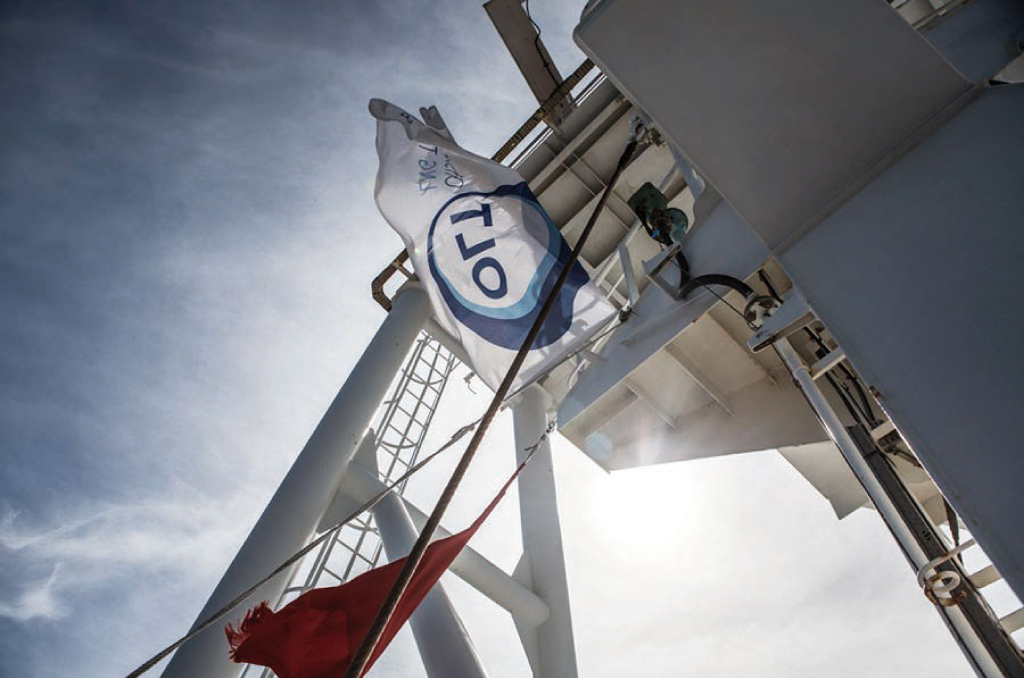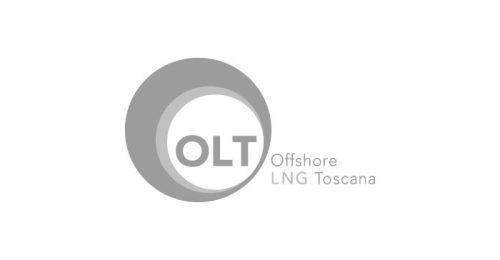Our History
The regasification terminal FSRU Toscana is one of the main infrastructures of national interest for the import of LNG (Liquefied Natural Gas), in the service of the development and independence of the Italian energy system.
The OLT project consisted in the conversion of an existing LNG carrier, the Golar Frost, into a floating regasification terminal, which transforms the LNG back to its normal gaseous state. The project started in 2002 and it underwent a long and complex permitting process, which implied a significant extension of the project’s realization timeframe, due to the modifications requested by the competent national Institutions.
The Terminal was realized by Saipem S.p.A. The works, started in Dubai in June 2009 at the shipyard Drydocks World Dubai, ended in June 2013, when the Terminal sailed away to reach the Italian coasts. FSRU Toscana arrived in Livorno on July 30th, 2013. Meanwhile, the mooring system which anchors the Terminal to the seabed (120 meters depth) was completed – through 6 anchors installed in situ – and the connection to the undersea pipeline for the onshore transport of regasified gas was concluded. The connection pipeline was constructed and is currently managed by Snam Rete Gas (works from December 2009 till August 2012).
At the beginning of September 2013, the commissioning period started with LNG on board the Terminal. The certification authority RINA validated the correct conclusion of these operations. The commissioning phase of the plant was successfully finalized on December 19th 2013. As a result, on December 20th 2013, OLT Offshore LNG Toscana started its commercial activities. Following the positive results of the commissioning by the Interministerial Committee as per art. 48 of RCN (Rule of the Code of Navigation), the Ministry of Infrastructures and Transports issued the final Commissioning Authorization for the operations of the Terminal on March 17th, 2015.
On 25th July 2016 the Ministry of Economic Development issued the final Commissioning Authorization for the operations of the Terminal and of the related connection pipeline.

From an engineering point of view, the FSRU represents a case of excellence in the LNG field, for the structure, the design and the long and complex authorization process and for the certifications obtained in terms of safety and environment.
Following the authorization obtained on April 14, 2016 by the Ministry for the Environment and Protection of the Territory and the Sea (MATTM), by CTR for what concerns prevention of major accidents and by the Harbour Master of Livorno, at present the Terminal is authorized to receive around the 90% of the worldwide LNGc fleet, with a maximum cargo capacity between 65,000 and 180,000 cubic meters (New Panamax class), allowing the Terminal to maximize its receiving flexibility, keeping unchanged the maximum authorized annual regasification capacity of 5 billion Sm3 of natural gas.
On May 26, 2023, OLT obtained authorization to increase regasification capacity up to about 5 billion Sm3 per year (previously the limit was set at 3.75 billion Sm3) and to increase the number of berths for Small Scale LNG up to 122 per year.


